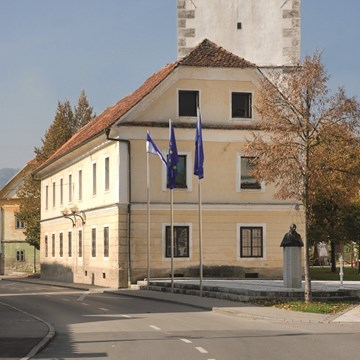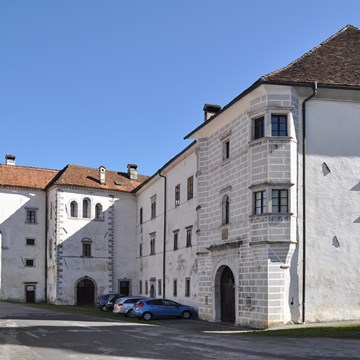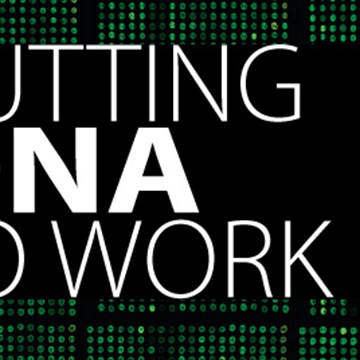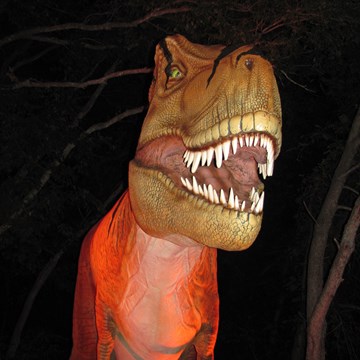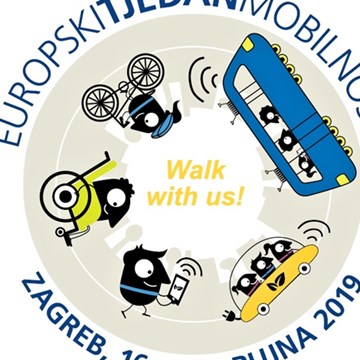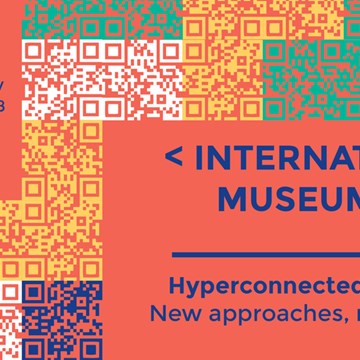Historical Museum of Serbia
Istorijski muzej Srbije
The roots of origin of all museums in Serbia, including the Historical Museum of Serbia, are in the foundation of the National Museum in Belgrade in 1844, when for the first time an idea of collecting, preserving and presenting museum objects, intended to illustrate the history of the Serbian people became a reality.
Although much of the Museum’s attention was given to archeology and numismatics, that course of action changed when Stojan Novakovic, a professor of Slavic philology, was appointed the Museum’s manager, and thereafter focused Museum towards history and ethnology. In spite of that, the Museum’s history collection existed more formally: the lack of its planned development was more than obvious, while the objects, acquired and collected disorganized, were of no one’s special concern.
Having in mind such circumstances in which the tradition of preservation of cultural heritage was merely developed and objects exposed to devastation, the need for specialized museum, intended for collecting and preserving of historical objects which would, both in scientific and museology way, illustrate economical, political and cultural history of Serbia, was more that apparent.
First attempt, however unsuccessful, was made in 1950 when the Decree on establishment of the Historical Museum of People’s Republic of Serbia was issued. Another one was made four years later, on the occasion of the 150th anniversary of the First Serbian Uprising, resulting in an exhibition, which was, later on, moved to the residence of Prince Milos Obrenovic in Topcider, previously adapted for museum. That is how the Museum of the First Serbian Uprising was established, the concept of which was based on two turning points of modern Serbian history, which inaugurated the long-lasting process of restoration of the Serbian state and its recognition as independent - the First (1804-1813) and Second (1815) Serbian Uprising.
The Museum had several collections (historical, written documents, paintings, graphics and sculpture, weapons, ethnology), which were, when the Historical Museum of Serbia was established by the Decree of the Executive Council of the National Assembly of the People’s Republic of Serbia, dated February 20, 1963, incorporated into it three years later, when its concept was adopted. The new museum was envisaged as a museum of general type, which would universally present rich and colorful history of the Serbian people.
According to its concept, the Museum’s primary mission is to collect, register, preserve, handle, study and exhibit the materials related to the Serbian people and Serbia from ancient times to the present. Chronologically, the subject matter of the Museum, which covers all important processes of the development of the Serbian entity, with particular stress on the periods for national liberation, is divided into several parts: Middle Ages, period of foreign domination, period from 1804 to 1918, after World War One period, period of the National Liberation War 1941-1945 and postwar development of Serbia.
The Museum’s most important task is to collect and preserve museum objects. Pursuant to the Decree on the competence of the museums according to the types of objects and the territory, the Historical Museum of Serbia is competent for the objects important for the Serbian history, including weapons and military equipment from the late Middle Ages, uniforms, flags, medals and decorations, memorial object related to the distinguished figures and important events, maps and atlases, mass produced technical objects, seals, posters, photographs and postcards.
Historical Museum also performs the activities related to the protection and preservation of immovable monuments and other objects of particular importance for history and culture of the Serbian people, which are located in Hungary, Romania, Trieste and Chilandar.
Text source: http://www.imus.org.rs/imus.php?id=67&jz=1
Foto source: http://www.skyscrapercity.com/showthread.php?t=442214&page=236
Exhibitions and events
We don't have anything to show you here.
Educational programs
We don't have anything to show you here.
Collections
We don't have anything to show you here.



